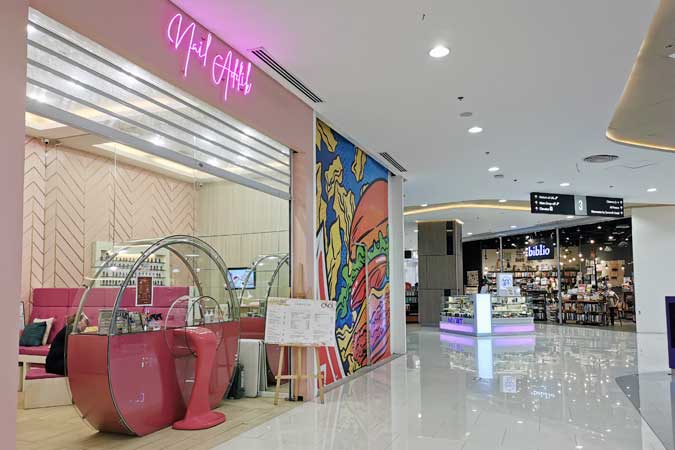
METRO MANILA’S retail spaces will likely be converted to co-working and data centers as vacancy rates continue to soar this year.
The vacancy rate in Metro Manila’s retail sector is projected to have reached 14% in 2020, matching the vacancies posted during the Asian Financial Crisis in 1999, Colliers International Philippines said in October.
Shopping malls have been a victim of the coronavirus disease 2019 (COVID-19) pandemic, as lockdown restrictions prompted many Filipinos to stay at home. Malls were forced to close for nearly two months during the strict lockdown, but even as they reopened in mid-May, foot traffic has yet to reach pre-pandemic levels.
Joey Roi H. Bondoc, senior research manager at Colliers Philippines, said vacancies are expected to reach 13% in 2021.
The format of retail spaces is expected to change, focusing on proximity, open spaces, and converted vacant spaces.
Smaller retail spaces within communities and district malls serving immediate needs of residents within a community or residential building will proliferate, Mr. Bondoc said in an e-mail.
Retail spaces will be more open and spacious, he said, adding that food and beverage stores and one-stop shop health facilities in malls will expand.
As vacancies remain, property analysts said that there will be an “aggressive” conversion of mall spaces.
“These are likely to be converted into co-working facilities and in-mall fulfillment centers or micro-warehouses,” Mr. Bondoc said.
Retail spaces should have alternative uses as data centers, government offices, self-storage facilities and healthcare-related facilities and services, Claro dG. Cordero, Jr., director and head of research at Cushman & Wakefield said in an e-mail.
“Repurposing unused vacant spaces in retail developments can be an excellent way to improve the occupancy rates and recover from revenue losses on the part of the developers,” he added.
Lobien Realty Group’s Chief Executive Officer Sheila G. Lobien sees potential recovery, saying in an e-mail that groceries, home improvement and house repair stores will lead the return of mall retail.
But she said that the speed of tenancy recovery will depend on the rental prices and the structure of rent payments.
“We also need to observe how fast the recovery of the country’s employment rate and OFW (overseas Filipino worker) remittances to have a gauge of the strength of the purchasing power of the Filipino consumer. These two economic indicators will have direct impact on the country’s retail business,” she said, adding that recovery will depend on how quickly the government can provide COVID-19 vaccines.
Mr. Bondoc said that there could be some recovery in retail leasing by the second half of 2022, which will largely depend on consumer confidence and retailer interest in brick-and-mortar spaces.
Mall construction will likely be delayed.
Developers will be in a “wait-and-see” period over the next 12 months, Mr. Bondoc said, noting that there will be slower development in brick-and-mortar spaces as retail moves online.
Mr. Cordero said that there will be constriction delays for malls due to supply chain disruptions. Delivery of materials could be slower and fewer construction workers could be available due to lockdown-related constraints.
“Construction activities for malls are likely to focus on renovating the shopping mall spaces in order to accommodate non-traditional tenants, rather than construction of new, large-scale shopping mall developments,” he said.
#realestateblogph | #realestateblogphpropertynews | #REBPH | #realestate | #retailspaces
Article and Photo originally posted by Business Mirror last January 26, 2021 12:03am and written by Jenina P. Ibañez.







More Stories
Vista Land Celebrates 50 Years with Sandiwa: An Event Honoring Leadership, Legacy, and the Filipino Dream of Homeownership
Vista Land Celebrates Love Month in Ilocos Region
Vista Land Bridges Cebuano Heritage and Progress with Valencia by Vista Estates